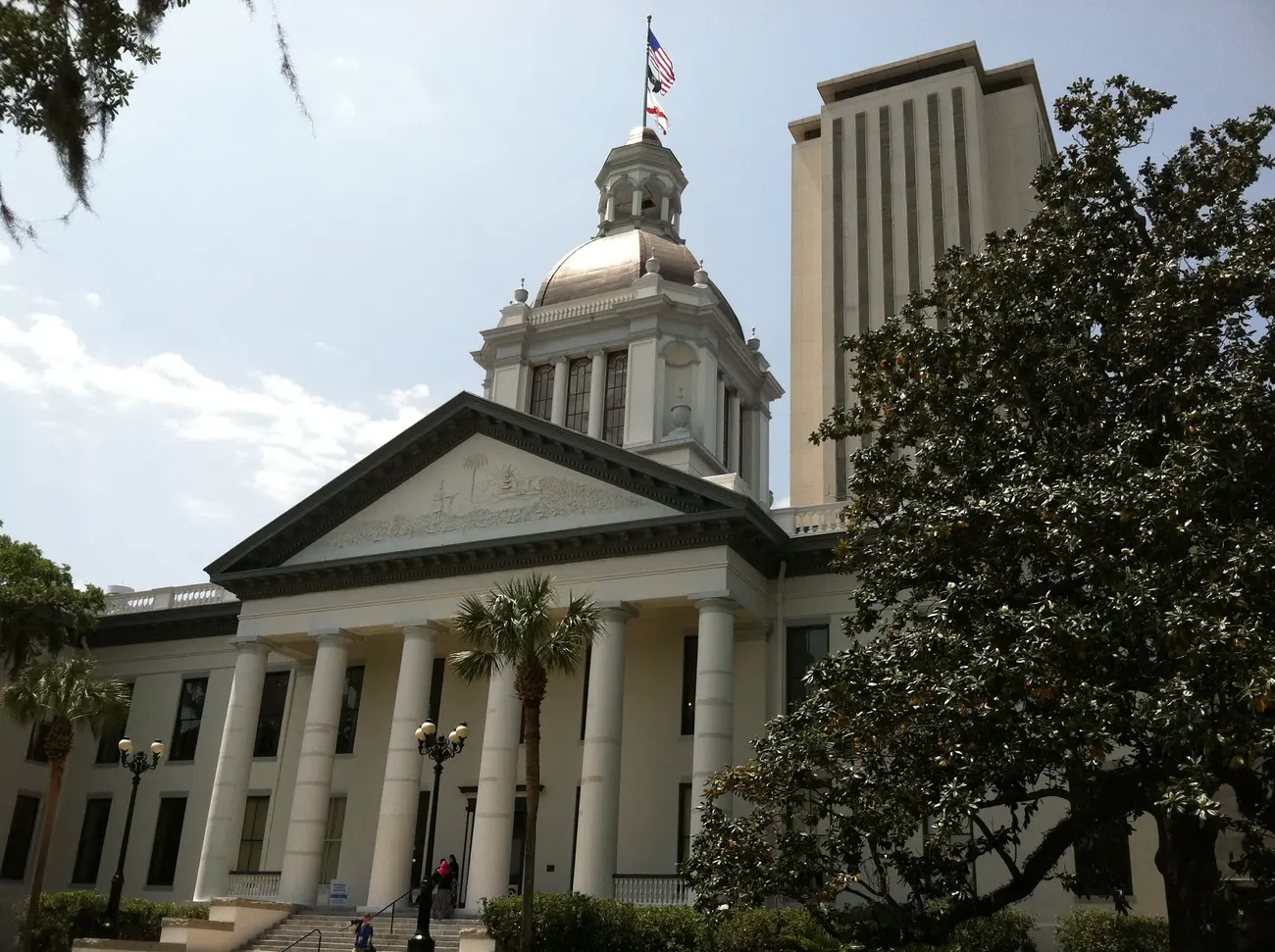Today, it takes about three hours to get from St. Augustine to Tallahassee, heading north on I-95 then west on I-10. To get to Pensacola, you just stay on I-10 for about another three hours.
The fact that Tallahassee is located approximately half way between St. Augustine and Pensacola is why it is our state capital.
Looking at a map of our state, it would seem logical for the capital to be in Orlando, or some other centrally located city. While it takes only three hours to get from Pensacola to Tallahassee, the drive from Miami to the state capital is almost seven hours.
If you are leaving Key West for Tallahassee, plan on a full day of travel lasting just under ten hours. In the same amount of time it takes to drive from Key West to the state capital, you could drive from Tallahassee to Houston, Texas.
According to the 2010 United States census, the most populous area of Florida is now Miami-Dade County, with 2,496,435 people. Florida’s least populated area is Liberty County, with just 8,365 people. Liberty County is adjacent to Leon County, home of Tallahassee.
When Florida became a territory of the United States in 1821, the population distribution was much different.
In 1821, Miami did not exist, and only a few Bahamian families had accepted Spanish land grants along the Miami River and Biscayne Bay. Key West was privately owned by a man named Juan Pablo Salas.
Under Spanish rule prior to 1821, Florida was divided into two regions on either side of the Apalachicola River. The capital of East Florida was St. Augustine, and the capital of West Florida was Pensacola. Most settlers lived in the northern portion of Florida, with Seminole Indians scattered throughout the peninsula.
The Legislative Council of the new Florida Territory first met on July 22, 1822 in Pensacola. The members of the council from St. Augustine had no interstate highways to help them navigate Florida’s undeveloped terrain. It took the delegates fifty-nine days traveling by water to reach the meeting site.
The second Legislative Council session was held in St. Augustine and it wasn’t much easier for the members from Pensacola to reach their destination. The journey took them twenty eight days.
It was decided that in the future, the meetings should be held at a location approximately half-way between St. Augustine and Pensacola. The abandoned Apalachee Indian settlement of Tallahassee was selected.
The Florida Territory’s first Capitol Building in Tallahassee was a simple log cabin. Just in time to coincide with Florida being named a state in 1845, a new brick Capitol was completed. That structure is still at the center of the Historic State Capitol Building.
Many alterations and additions have been made to what is often called “The Old Capitol.” In 1902, architect Frank Milburn added the classical style dome. In 1923, Henry Klutho added two new sections and a marble interior. In 1936, a north wing was added as a chamber for the House of Representatives and in 1947, a south wing was added to the building to serve the Senate.
Throughout most of the twentieth century, the Florida Legislature discussed the possibility of moving the capital from Tallahassee to a more central location to better serve the state’s steadily growing and geographically diverse population.
In 1967, serious consideration was given to moving the state capital to Orlando. This inspired opponents of the move to spearhead the construction of an expansive new Capitol Complex in Tallahassee. In the mid-1970s, construction began on the Capitol Complex that includes a twenty-two story executive office building.
With construction of the new Capitol buildings, Florida Governor Reubin O’D. Askew and House Speaker Donald Tucker wanted the Old Capitol to be demolished. Secretary of State Bruce Smathers led the effort to save the Old Capitol Building, resulting in a restoration of the structure to its 1902 appearance.
The building opened to the public in 1982 as the Florida Historic Capitol Museum. Exhibits, photographs, artifacts, and multi-media displays document the history of Florida government from the territorial period to the present.
Seeing the museum is worth the drive.
Dr. Ben Brotemarkle is executive director of the Florida Historical Society and host of the radio program “Florida Frontiers." The show can also be heard online at myfloridahistory.org.
